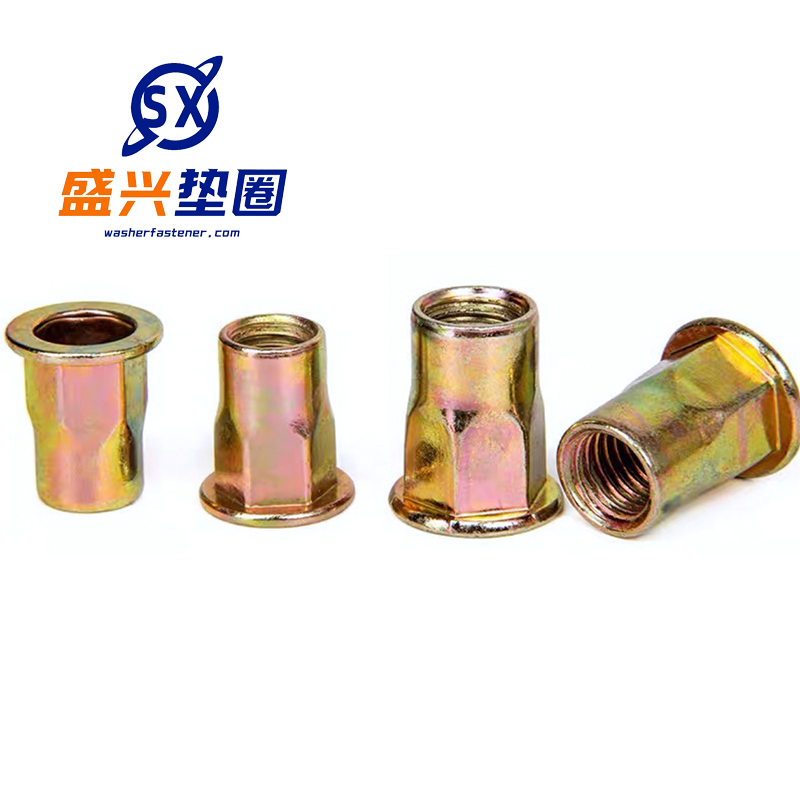
PRODUCTS
Hot-dip galvanized nuts
Function -Good fastening performance: The teeth of hot-dip galvanized nuts are precise and can fit tightly with bolts. By rotating, sufficient friction and pre tightening force can be generated to firmly fix the connected components together, ensuring that the connection does not loosen under ...
Description
marker
Function
-Good fastening performance: The teeth of hot-dip galvanized nuts are precise and can fit tightly with bolts. By rotating, sufficient friction and pre tightening force can be generated to firmly fix the connected components together, ensuring that the connection does not loosen under mechanical vibration, pressure changes, and other working conditions.
-Excellent anti-corrosion performance: The hot-dip galvanized layer can form a dense protective film on the surface of the nut, effectively blocking air, moisture, and other corrosive media from contacting the metal substrate, greatly extending the service life of the nut in harsh environments.
-Certain wear resistance: The hot-dip galvanized layer has a certain hardness and toughness, which can reduce wear during the assembly and disassembly of nuts and bolts, as well as friction with other components during use, ensuring the dimensional accuracy and performance stability of nuts.
Purpose
-Construction industry: used for connecting steel structures in building structures, building scaffolding, fixing building equipment, etc., such as connecting steel structure nodes in large venues, bridges, and other buildings.
-Mechanical manufacturing: Used in the assembly of various mechanical equipment to connect mechanical components, such as engines, machine tools, cranes, and other equipment components.
-Power industry: used for assembling power towers, fixing substation equipment, etc., to ensure long-term stable operation in complex outdoor environments.
-Automobile manufacturing: widely used in the connection of components in the frame, engine, chassis, and other parts of automobiles to ensure the reliability of the connection of various components during the driving process.
-Railway transportation: used for fixing railway tracks, connecting railway bridges, and assembling railway vehicles to ensure the safety and stability of railway transportation.





















